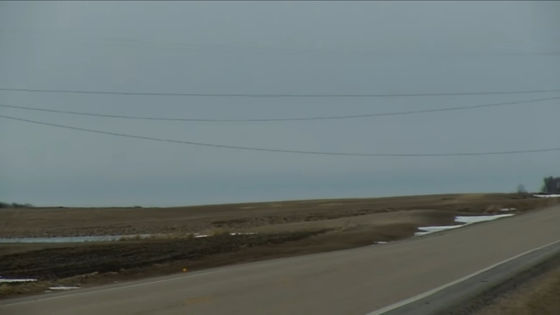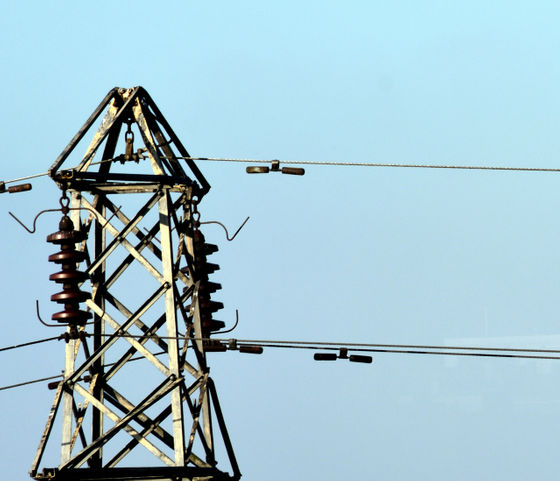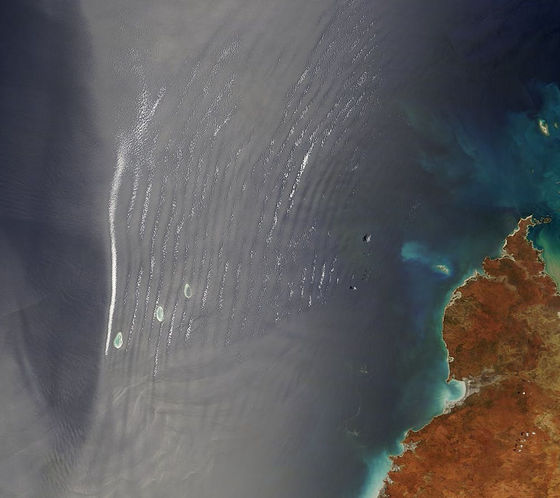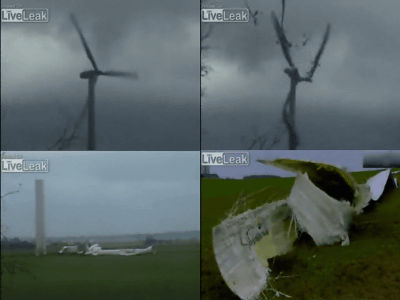What is the 'atmospheric induced oscillation' that caused the European blackout?

On April 28, 2025, a large-scale power outage occurred in Spain, Portugal, and other countries. Until it was restored on the 29th, traffic lights and ATMs stopped working, people were trapped in public transportation and elevators, and internet and communication services were cut off, making it difficult to check on each other's safety. The cause of this power outage is unknown, but experts have explained a phenomenon called 'induced atmospheric vibration,' which has been announced as one of the possibilities.
Did 'induced atmospheric vibration' cause blackouts in Europe? An electrical engineer explains the phenomenon
https://theconversation.com/did-induced-atmospheric-vibration-cause-blackouts-in-europe-an-electrical-engineer-explains-the-phenomenon-255497
In early reports about the blackouts that hit Europe, Portuguese energy company REN blamed a rare weather phenomenon called 'atmospheric induced oscillations' for the outages, but later backtracked .
According to Mehdi Seyed Mahmoudian, a professor of electrical engineering at the School of Engineering at Swinburne University of Technology in Australia, the main cause of power grid failures is weather, with 83% of power outages reported in the United States between 2000 and 2021 being due to weather-related events.
Weather can mean many things: cyclones can knock out power lines, heat waves can create excess electricity demand, and wildfires can destroy electrical substations.
One such weather factor is wind, which, when blown around by wind, can cause high-amplitude, low-frequency vibrations known as ' conductor galloping' , and lower-amplitude, high-frequency vibrations known as 'aeolian vibrations' or 'breeze vibrations'.
You can see the power lines swaying in the wind in the video below.
Galloping Basin Electric transmission lines due to wind - YouTube
The video shows power lines galloping, bending significantly due to a snowstorm in South Dakota.

These vibrations can strain the power grid and cause blackouts, so engineers often use wire stabilisers called 'Stockbridge dampers' to reduce the risk of blackouts.

by
Returning to atmospheric induced oscillations, REN's initial explanation for the cause of the blackout stated that 'extreme temperature fluctuations in inland Spain caused abnormal oscillations in high-voltage lines, a phenomenon known as 'atmospheric induced oscillations'. These oscillations caused synchronization disturbances between electrical systems, resulting in a continuous failure of the entire interconnected European power grid.'
'Atmospheric induced oscillations' is not a commonly used term, but it probably refers to wave-like movements or vibrations in the atmosphere caused by sudden changes in temperature or air pressure, Seyed Mahmoudian said.
When a part of the earth's surface warms up rapidly due to a heat wave, the air above it expands and becomes lighter due to the heat. The rising of the warm air creates a pressure imbalance between it and the surrounding cooler, denser air, which causes atmospheric waves to form, similar to ripples on the surface of a pond.

By
These types of atmospheric waves are commonly referred to as ' gravity waves ', 'acoustic-gravity waves' or 'thermal oscillations', and as the waves travel through the atmosphere they can affect power infrastructure, especially long-distance high-voltage power lines.
Seyyed Mahmoudian speculated that the 'atmospheric induced oscillations' claimed by REN may have been intended to refer to this phenomenon.
Below are atmospheric waves seen in clouds.

It's unclear whether the term 'atmospheric induced oscillations' will catch on and whether it's the cause of the European blackouts, but either way, the outages mean that Europe's power grids are dangerously vulnerable.
'Continued reliance on centralized power grids without fundamentally rethinking the resilience of the grid will put entire regions at risk not only from technical deficiencies but also from environmental instability. If we do not address these structural weaknesses, the consequences will be far more severe than those we have experienced during the COVID-19 pandemic,' Seyed Mahmoudian warned.
Related Posts:
in Science, Posted by log1l_ks







